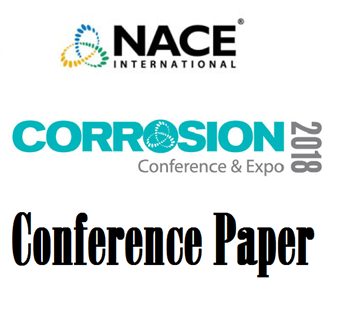Search
51316-7484-Case Study of an ICCP Design and Installation for Well Casings Using Boundary Elements Software
Also Purchased
51318-10655-Well Casing CP - Design Issues & Case History
Product Number:
51318-10655-SG
Publication Date:
2018
$20.00
06071 CATHODIC PROTECTION OF WELL CASINGS USING E-LOG I CRITERIA
Product Number:
51300-06071-SG
ISBN:
06071 2006 CP
$20.00
51313-02446-Study on Regional Cathodic Protection for Well Casings Group
Product Number:
51313-02446-SG
ISBN:
02446 2013 CP
Publication Date:
2013
$20.00




